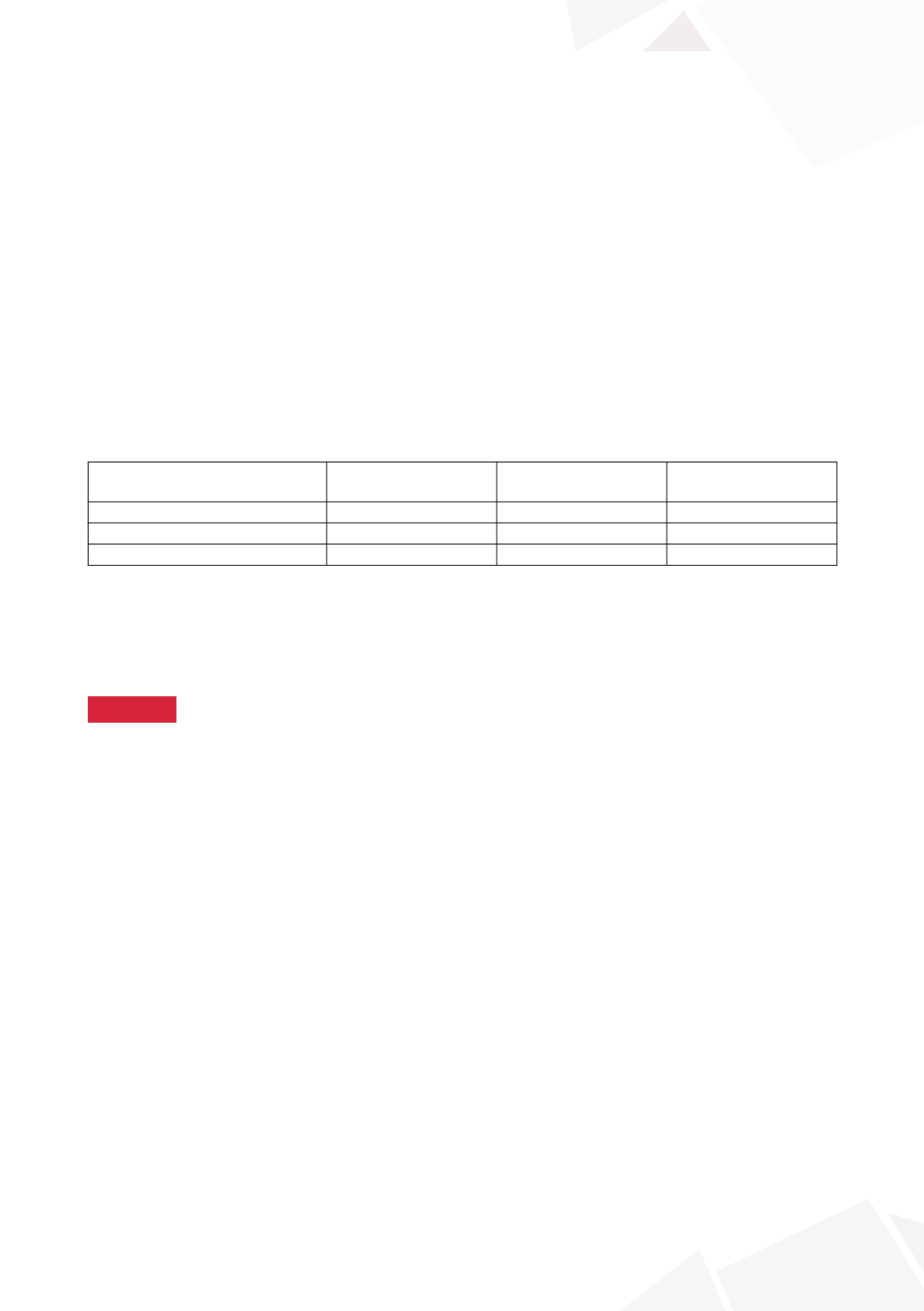

78
28
TH
CONGRESS OF THE ESPU
MATERIAL AND METHODS
From 2010, infants with bladder exstrophy were prospectively recruited in the study. They were
photographed with informed consent at the time of BE closure. The BE ratio (BER) was calculated
by measuring the distance between the iliac crests and dividing it by the width of the bladder tem-
plate. The bladder templates were categorized as (a) small (≥4), (b) medium(3-4), and (c) large (b3)
(Arena et al. J Paediatr Surg 2012;47:380-2). Pubic diastasis was measured from a CT reconstruc-
tion of the pelvis performed prior to BE closure. Cystometric assessment of bladder capacity was
performed after the age of 2 years and expressed as a percentage compared to the expected
bladder capacity in millilitres (agex30)+30. Spearman’s rank correlation test assessed the correla-
tion between BER, pubic diastasis and % expected bladder capacity.
RESULTS
RESULTS: Thirty-seven patients with classic BE had photographs taken at the time of BE closure
from which BER were calculated. Thirty-four patients also had measurement of the pubic diastasis.
Eighteen of these patients had undergone cystometric evaluation of bladder capacity. A significant
negative correlation was found between the BER and pubic diastasis (p=0.04, Rho = -0.29). No
significant relationship was found between the BER and cystometric bladder capacity (p=0.75).
Bladder exstrophy ratio (BER)
Group A
(BER>4small)
Group B
(BER 3-4 medium)
Group C
(BER <3 large)
Number of patients
20
12
5
Gender
15M,5F
8M,4F
3M,2F
Median pubic diastasis (cm)
4.4(4.1-4.9)
4.7(4.5-5.3)
4.9(4.6-5.7)
CONCLUSIONS
The bladder exstrophy ratio is inversely correlated with the pubic diastasis however BER does not
appear to predict cystometric bladder capacity.
10:53–10:56
S7-4 (PP)
★
LONG TERM OUTCOME OF LIVING WITH BLADDER
EXSTROPHY IN SWEDEN – A NATIONWIDE MATCHED
COHORT STUDY 1952–2011
Gisela REINFELDT ENGBERG
1
, ängla MANTEL
2
, Magdalena FOSSUM
1
and Agneta NORDENSKJÖLD
1
1) Karolinska Institutet, Dep of Women’s and Children’s Health, Stockholm, SWEDEN - 2) Karolinska Institutet, Dep
of Medicine, K2, Clinical Epidemiology Unit, Stockholm, SWEDEN
PURPOSE
Bladder exstrophy is a rare congenital malformation where the underlying cause is largely unknown
with both environmental and genetic mechanisms involved.
The aim of the study was to analyze the long term out-come by conducting a nationwide register-
based matched cohort study regarding specific comorbidities, mortality and social variables such
as partnership, biological children, and educational level among patients with bladder exstrophy in
Sweden.
MATERIAL AND METHODS
180 patients were identified in national registers with ICD codes coding for bladder exstrophy 1952-
2011. Cases were matched with five controls per patient for birth year and sex, and a cohort study
was performed by linkage-analyses of nationwide registers.









